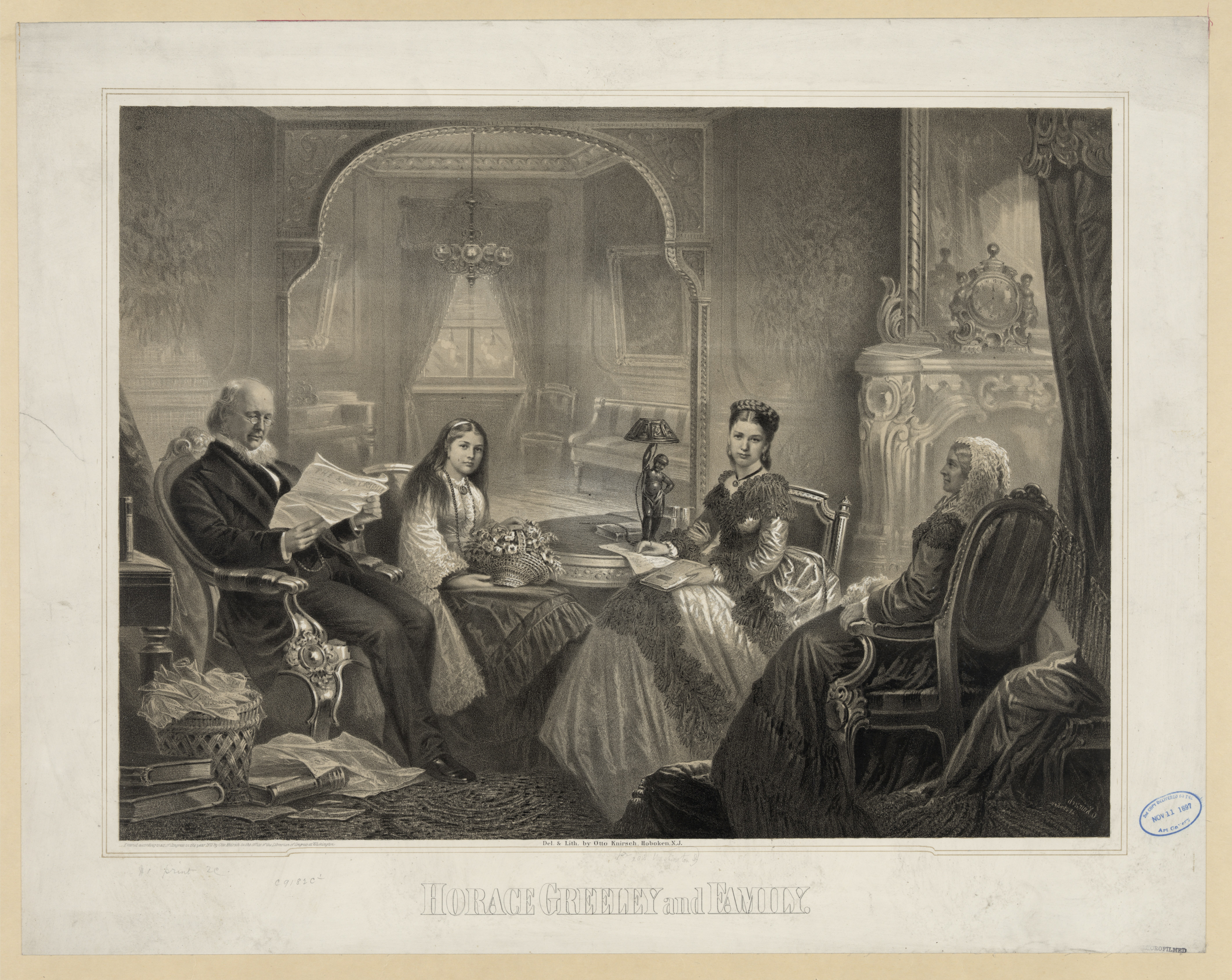When you travel across eastern Arizona, there is one must see attraction - the Petrified Forest National Park. It is an amazing place, full of things that found almost no where else.
The Petrified Forest National Park is a thin ribbon of a park, that stretches forty miles north to south, while varying from one to twelve miles in width. The north entrance of the park sits along Interstate 40, about 70 miles west of Gallup, NM.
When you come into the park from this entrance, the first thing you will find is the Painted Desert. This part of the park is particularly beautiful. 225 million years ago, this part of North America was covered by a sea. Over millions of years minerals and silts were carried into the water, where they settled out. The weight of the new sediment caused those below to change from mud to rock, but they kept the color of the minerals that they were made of. Today, that sea has disappeared, but the rocks it formed are still here. As you drive through the Painted Desert, you can see the different layers of rock, as the hills are colored with wide stripes of minerals, painting the landscape.
The first inhabitants came to the area around 12,000 years ago. They were a nomadic people, following the availability of animals to hunt and plants to harvest. By around 8000 BCE they were building seasonal camps, and staying for longer periods. The first permanent settlements were constructed around 1000 CE, and for the next 600 years, the ancestors of the Pueblo and Hopi peoples lived here. Last week I wrote about Homol’ovi State Park, where you can explore the remains of of these settlements. One thing that these people did was to create petroglyphs and pictographs in areas that, we believe, had religious and spiritual significance. Archeologists believe that these carvings and paintings represent animals, and spirit guides that were important to people who created them.
The real draw of the park is the petrified forest for which it is named. When dead trees washed into the ancient sea, some of them sank to the bottom and were covered by mud. This prevented oxygen from getting to the wood and causing decomposition. Instead, minerals from the water infiltrated the wood, and as the wood broke down, the minerals crystalized, taking the shape and striations of the tree. They formed the rocks that you can see today, shaped like trees, but in beautiful colors. There are many places to pull over and walk among them.
A trip to the Petrified Forest National Park is a unique and beautiful place to visit. It is worth the detour off of the interstate.
Nuts and Bolts:
Getting There -
Westbound: Take I-40 to exit 311 for the Park’s north entrance.
Eastbound: Take I-40 to exit 285 (Holbrook) and drive 19 miles along route AZ-180 South to the south entrance of the Park.
Fees: a 7-day auto pass is $25 for one car and all passengers.




























































